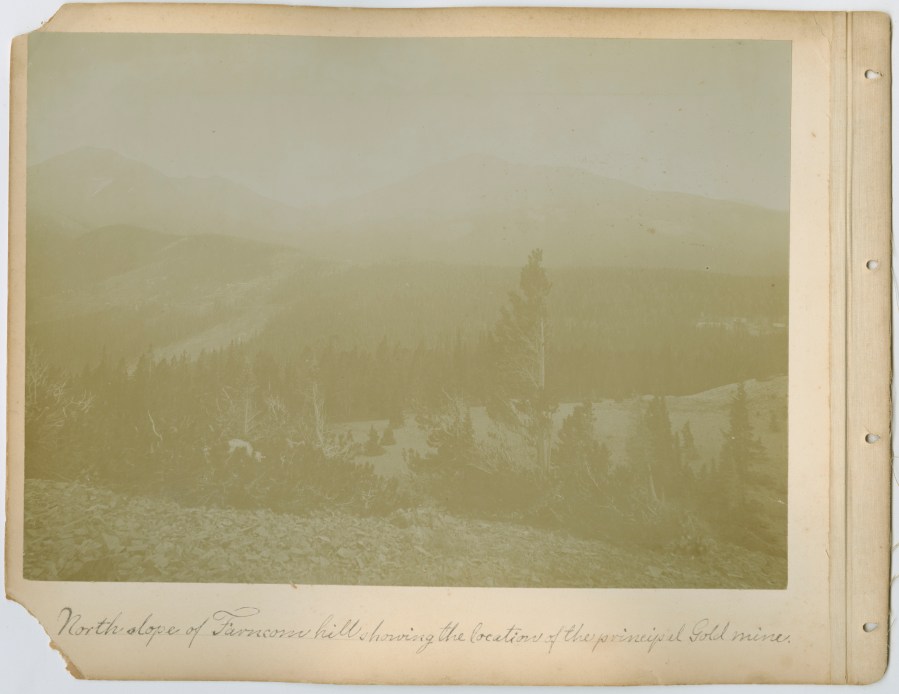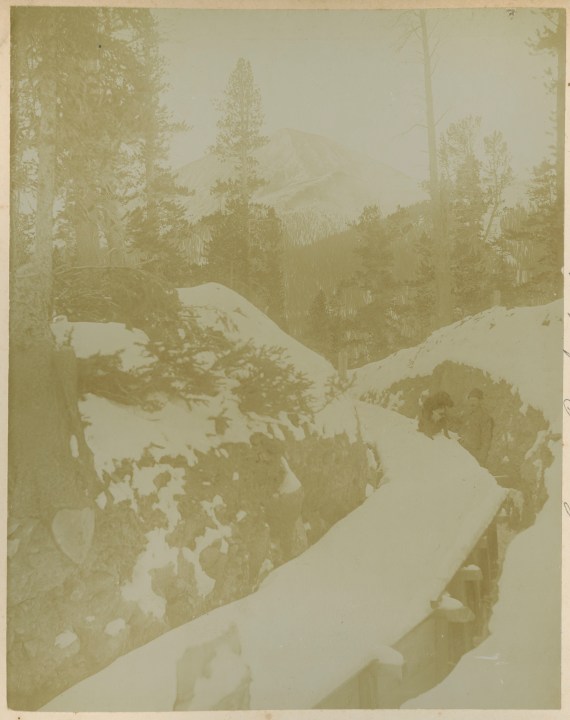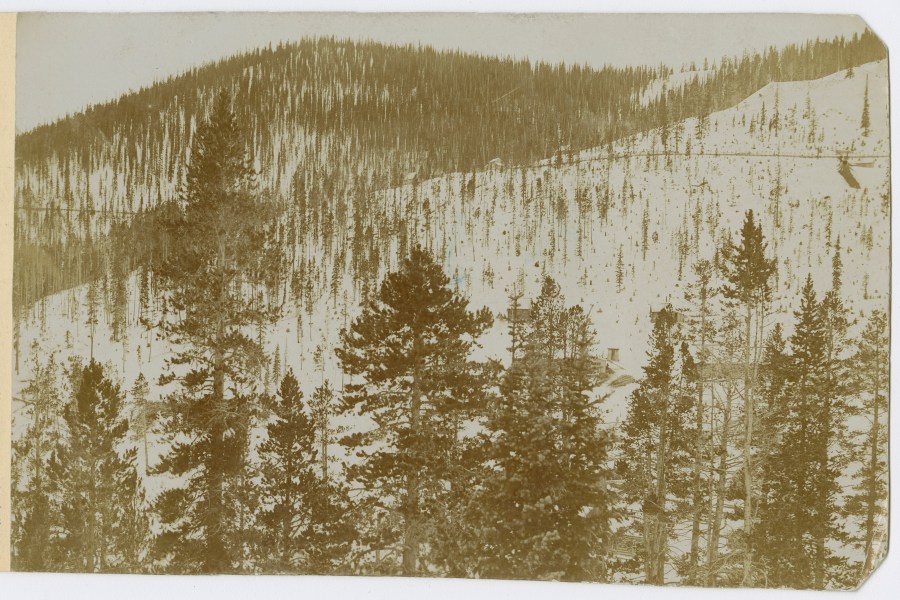DENVER (KDVR) — With shows like “Gold Rush”, “Parker’s Trail”, “Bering Sea Gold”, and “Yukon Gold” growing in popularity over the years, learning the history of gold mining in Colorado is of high interest to many.
In 1887, miners Tom Groves and Harry Lytton found the largest gold nugget in Colorado history. The nugget was located near Breckenridge around an area called Farncomb Hill.
Tom’s Baby
While there are many contradicting stories on how much the gold nugget actually weighed, it was over 11 pounds, according to the Town of Breckenridge.
The nugget became known as Tom’s Baby.
“It weighed more than 11 and 1/3 pounds and was named Tom’s Baby because Groves swaddled the nugget in a blanket like a baby and made his way to Main Street where the proud ‘father’ showed his prize to all. Tom’s Baby remains today the largest gold nugget ever found in Colorado,” the Town of Breckenridge explained when Prospector Park opened in 2015.
There is a bronze sculpture of Groves at Prospector Park in Breckenridge showcasing the story of Tom’s Baby.
Here’s a look at the area near the mine at the time the gold nugget was found.
The gold nugget is now in Denver at the Denver Museum of Nature and Science. According to the museum, the nugget now weighs eight pounds.
Stories shared over time say that a chunk of the nugget fell off and was never rediscovered, which is why it weighs less than what it originally weighed when it was discovered, but there is no information on what actually happened.
Gold panning
Colorado Parks and Wildlife said that gold panning is a fun activity for families in Colorado. If you find gold chunks or nuggets in a state park, you should show it to park staff.
Here are some tips for gold panning from CPW:
- Find equipment: A shovel or scoop, instruction books and waders.
- Choose your location: “One of our favorites is Castlewood Canyon State Park, but we also love Point Barr at Arkansas Headwaters Recreation Area. Choose a creek or stream with calm, slow waters to ensure your own safety. Volunteer Randy Howell recommends digging in a creek near its bank and finding sand that is dark in color, even black. Experimenting in your local parks and finding the best location is a learning process – and half the fun!” CPW explained.
- Shovel: Fill your pan with sand.
- Sift: Check for large chunks or nuggets by placing the contents of your pan through the sifter and catching it on the other side with the second pan.
- Separate: Place the pan of sand barely in the water so that heavier pieces (like gold) will sink to the bottom and the sand itself will lift out over the edge of the pan. Allow it to drift out little by little, watching carefully.
- Practice and keep learning.
“Whether or not you head home with a vial full of gold, you’ve spent time in the beautiful Colorado outdoors and interacted with nature in an activity Coloradans have participated in for centuries! Enjoy the scenery and relish the history. The riches are not in the gold but in the experience,” CPW shared.



